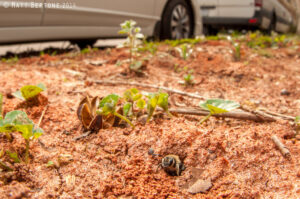
It's the Season for Busy Ground-Nesting Bees!
As the weather warms up, insects and other animals are becoming more active. I wrote the other day about …



El inglés es el idioma de control de esta página. En la medida en que haya algún conflicto entre la traducción al inglés y la traducción, el inglés prevalece.
Al hacer clic en el enlace de traducción se activa un servicio de traducción gratuito para convertir la página al español. Al igual que con cualquier traducción por Internet, la conversión no es sensible al contexto y puede que no traduzca el texto en su significado original. NC State Extension no garantiza la exactitud del texto traducido. Por favor, tenga en cuenta que algunas aplicaciones y/o servicios pueden no funcionar como se espera cuando se traducen.
Inglês é o idioma de controle desta página. Na medida que haja algum conflito entre o texto original em Inglês e a tradução, o Inglês prevalece.
Ao clicar no link de tradução, um serviço gratuito de tradução será ativado para converter a página para o Português. Como em qualquer tradução pela internet, a conversão não é sensivel ao contexto e pode não ocorrer a tradução para o significado orginal. O serviço de Extensão da Carolina do Norte (NC State Extension) não garante a exatidão do texto traduzido. Por favor, observe que algumas funções ou serviços podem não funcionar como esperado após a tradução.
English is the controlling language of this page. To the extent there is any conflict between the English text and the translation, English controls.
Clicking on the translation link activates a free translation service to convert the page to Spanish. As with any Internet translation, the conversion is not context-sensitive and may not translate the text to its original meaning. NC State Extension does not guarantee the accuracy of the translated text. Please note that some applications and/or services may not function as expected when translated.
Collapse ▲
As the weather warms up, insects and other animals are becoming more active. I wrote the other day about …
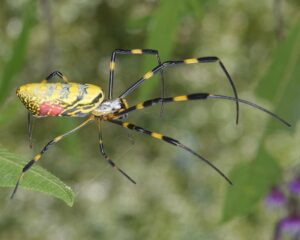
Similar to murder hornets in 2020, the Joro spider is having its five minutes of fame! Recent headlines across …
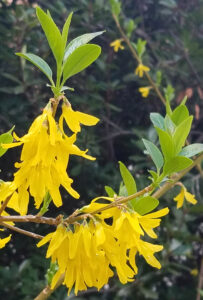
Spring flowering plants like forsythia send an undeniable message that the temperatures are getting warm enough for plants to …
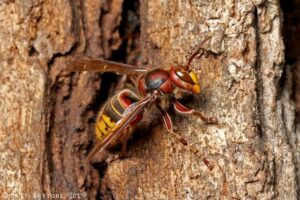
It’s feeling a lot like spring out there! As the warm weather bring feelings of joy from longer days …
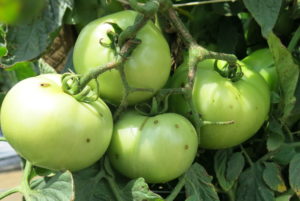
Anyone who grows tomatoes in North Carolina, from homeowners to commercial growers, eventually finds their crop is affected by …
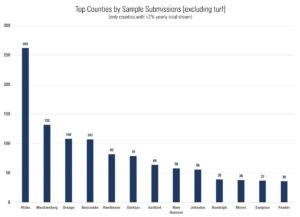
Last year (2021) was a busy one for us at the Plant Disease and Insect Clinic (PDIC). It was …
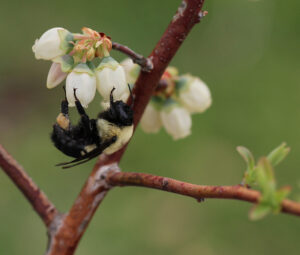
The Chatham County Center of North Carolina Cooperative Extension conducted two blueberry production webinars in November-December 2021. NC State …
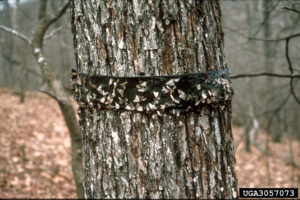
It’s hard not to love this time of year between the spectacle of fall colors and the reprieve of …
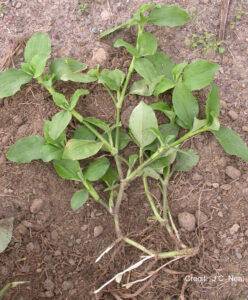
Tropical spiderwort (Commelina benghalensis), a noxious weed, has been found in several landscape beds in Raleigh. See a fact …
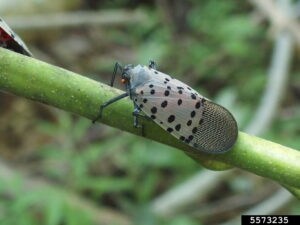
Note: On June 23, 2022 (6 months after this article was published), the spotted lanternfly was detected in North …
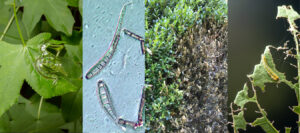
UPDATE: Registration for the course is closed The Plant Disease and Insect Clinic (PDIC) and collaborators are happy to announce …
The US Environmental Protection Agency requires that all individuals working with pesticides labeled for respiratory protection complete the following …
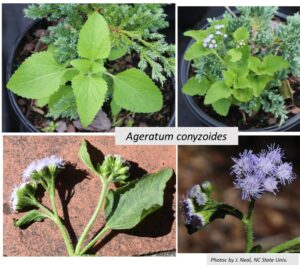
Ageratum conyzoides (tropic ageratum or billygoat weed) is a South American species that is now a common weed in …
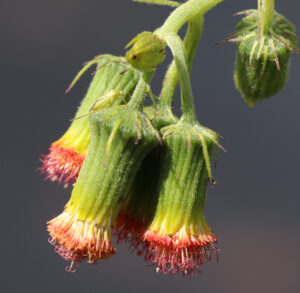
No, I’m not talking about your brother-in-law. Thickhead or redflower ragleaf (Crassocephalum crepidioides) is an introduced weed that I’m …
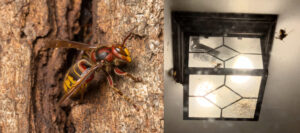
In recent weeks we’ve been getting a lot of messages regarding large wasps coming to porch lights. In all …
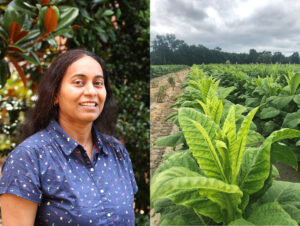
The NC State Plant Disease and Insect Clinic is happy to announce the arrival of our newest lab member, …
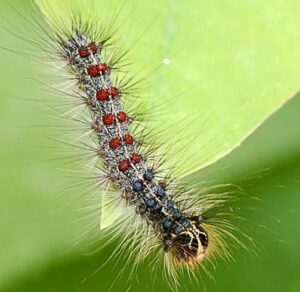
When we think of insects, rarely do we think, “Wow, look at that beautiful Danaus plexippus!” In both conversation …
Although we were spared much of the brunt of Tropical Storm Elsa, parts of North Carolina were still pummeled …
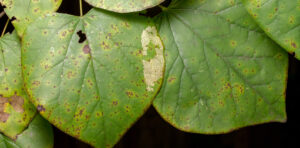
We are excited to announce the NC State Plant Disease and Insect Clinic (PDIC) will be returning to normal …

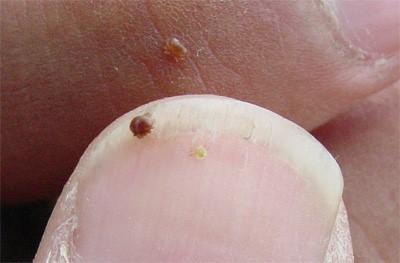
It is the goal of every beekeeper to maintain healthy, productive colonies. This can only …

This manual prepares pesticide applicators for Forest Pest Control Certification exams in the following states: …
To apply restricted-use pesticides to agricultural commodities, you must be certified or be supervised by …

This factsheet offers information on the biology and management of the emerald ash borer, an …

Black root rot impacts a range of woody and herbaceous ornamental plant species primarily in …
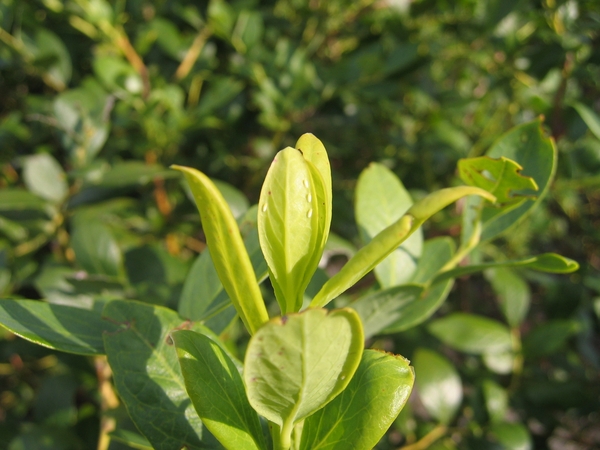
Whiteflies (Hemiptera: Aleyrodidae) are small (< 0.12 inch) and highly diverse insects that feed on …

This Entomology Insect Note discusses how to identify and manage common armored scale insects that …